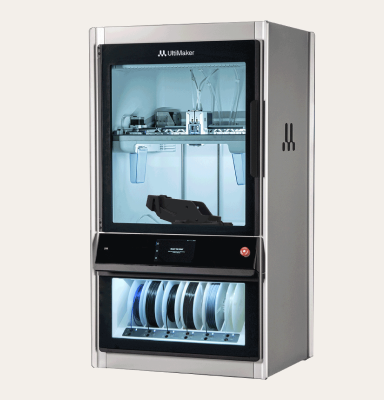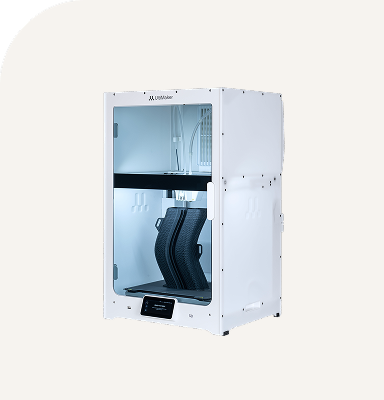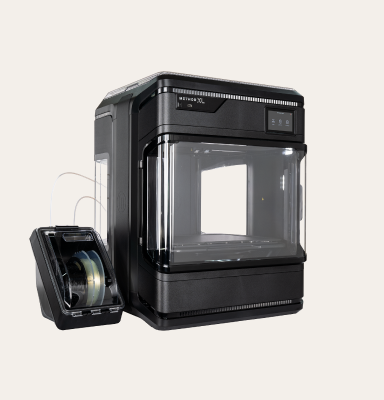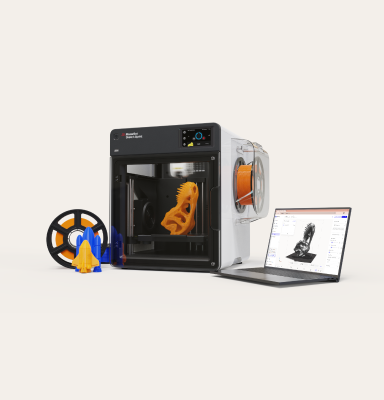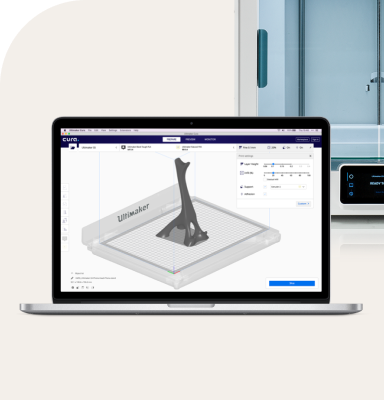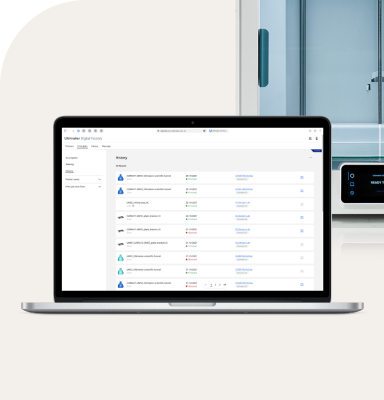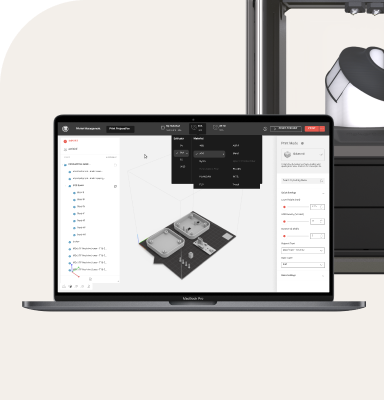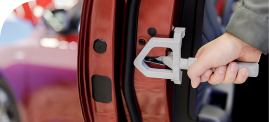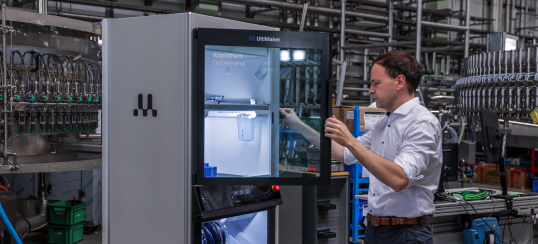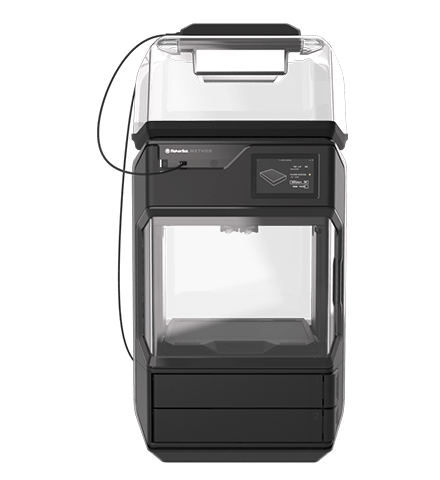The MakerBot Clean Air™ System with METHOD X has received GREENGUARD Certification from UL, a global safety science leader. MakerBot received GREENGUARD Certifications for the MakerBot METHOD®, MakerBot METHOD X® and MakerBot SKETCH™ 3D printers when printing with MakerBot Tough™ material, as well as the Clean Air System with METHOD X when printing with ABS, PC-ABS, and Nylon materials.
The Clean Air System, a dual-filtration smart-controlled system for the METHOD platform, addresses one of the biggest concerns with printing engineering materials in an office environment by providing an extra layer of protection against 3D printing emissions. Clean Air utilizes a best-in-class two-layer filtration system comprising a HEPA filter for protection against ultra-fine particles (UFPs) and an activated carbon filter for protection against volatile organic compounds (VOCs) and odors. The system accounts for ambient conditions, chamber temperature, and model material, automatically maintaining METHOD’s print environment based on its surroundings. Clean Air’s smart-control features are integrated into METHOD’s workflow, creating a seamless 3D printing experience for users.
“Our goal with METHOD is to make 3D printing advanced engineering materials more accessible to engineers,” said Nadav Goshen, CEO, MakerBot. “Part of the challenge is to make it easier to print these materials in the office, home, and school. Getting the UL GREENGUARD Certification for the MakerBot Clean Air with METHOD X shows that we can reduce 3D printing emissions from materials well below the maximum levels, a major step towards improving the 3D printing process.”

